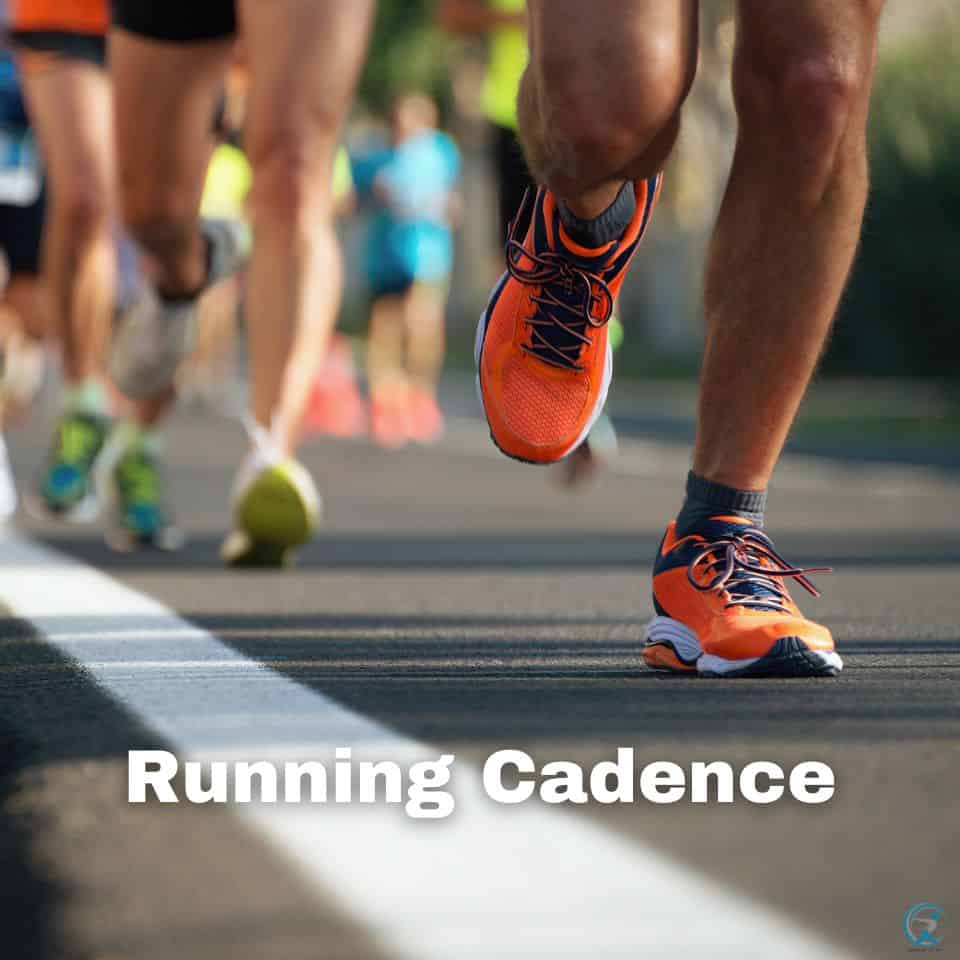Running cadence is the number of steps you take per minute while running. Getting this right can make your runs smoother, faster, and less likely to hurt you. Most new runners take too few steps, hitting the ground hard with each one.
By upping your cadence, you can run better and stay injury-free. This guide breaks down everything you need to know about mastering your running cadence.
Key Takeaways
- Running cadence means how many steps you take in one minute of running, with top runners often hitting 170-180 steps
- A higher cadence usually means your feet hit the ground more gently, cutting down on injuries
- Your ideal cadence depends on your height, leg length, and running speed – not everyone needs the same number
- Improving cadence works best when you increase by just 5-10% at a time, not all at once
- Simple tools like a metronome app or music at the right beat can help you find your rhythm
- Focusing on cadence while doing short, fast drills helps your body learn the pattern without getting too tired
Understanding Running Cadence
What is Running Cadence?
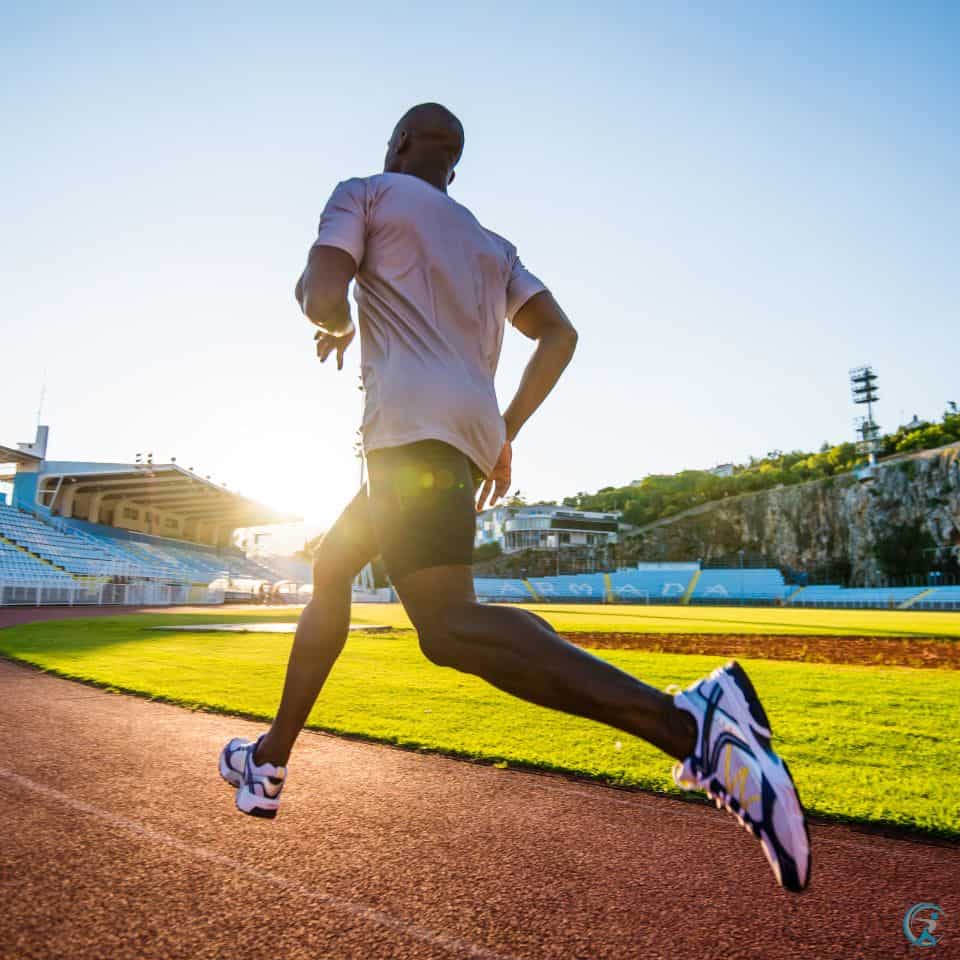
Cadence is how fast your feet hit the ground when you run. Count how many times both feet touch the ground in a minute, and that’s your cadence number. Think of it like how fast a drummer plays the beat – some songs go slow, others quick.
Your running has a beat too.Most new runners have a cadence around 150-160 steps per minute. Elite runners often hit 180 or higher. But don’t worry about that magic “180” number just yet. Your best cadence depends on your body and how you run.
Why Running Cadence Matters
Your cadence affects how your feet hit the ground. When you take fewer, longer steps, you tend to slam your heels down harder. This sends shock waves up your legs that can hurt your knees, hips, and back.Taking more steps means shorter steps. Your foot lands more under your body instead of way out front. This creates less force when you hit the ground. Your muscles and joints say thank you.
As running expert research found by watching Olympic runners, most fast runners naturally step at about 180 steps per minute. This wasn’t by chance – their bodies found the most efficient way to move.
Ideal Cadence Range
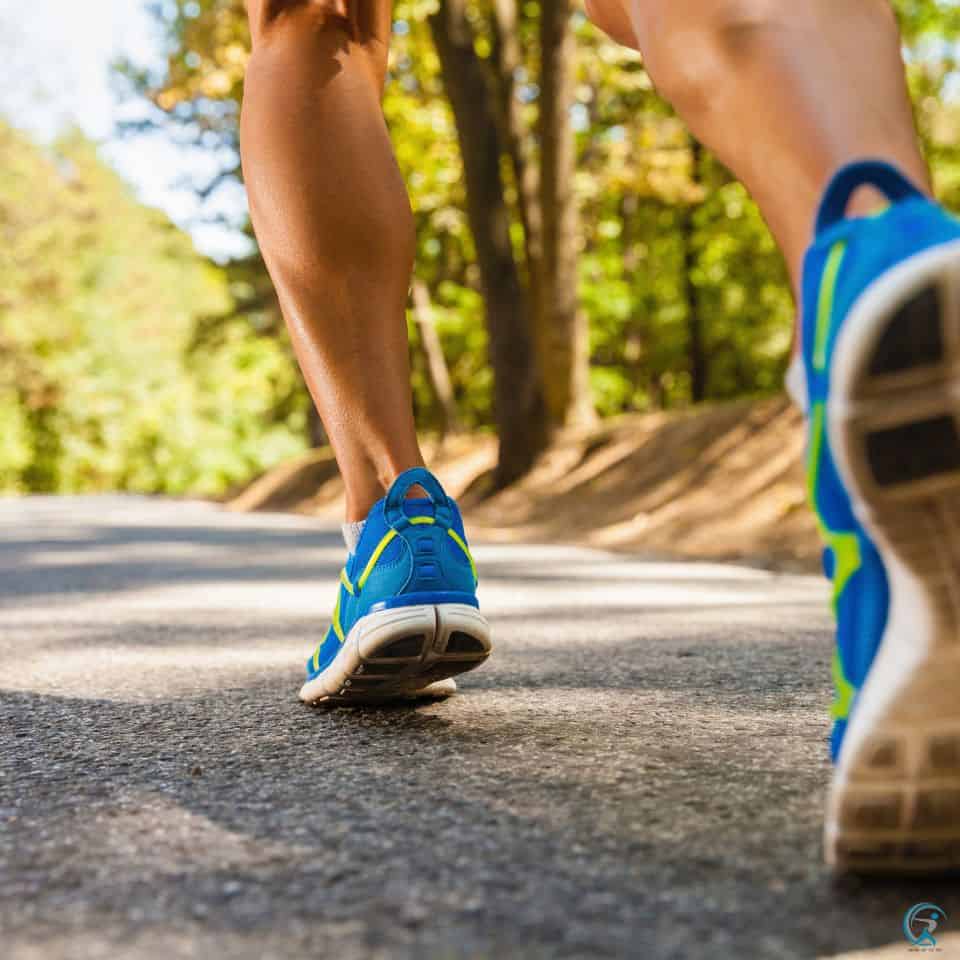
The “180 steps per minute” rule gets thrown around a lot. But that’s not right for everyone. Taller people with longer legs might do fine with 170-175. Shorter runners might need 185-190 to get the same effect.
Your speed matters too. When you run faster, your cadence will go up. When you jog slowly, it drops a bit. That’s normal.
The best approach: find your natural cadence first, then try to boost it a little if it’s on the low side. Most people do well in the 170-190 range once they’ve practiced.
How to Measure Your Current Cadence
Before you can improve your cadence, you need to know what it is right now. Here are two easy ways to check:
Manual Counting Method
This old-school method works great:
- Get ready to run at your normal pace
- Start your stopwatch
- Count how many times your right foot hits the ground in 30 seconds
- Multiply that number by 4
The result is your steps per minute. For example, if your right foot hits the ground 40 times in 30 seconds: 40 × 4 = 160 steps per minute.
Using Technology
Most running watches now track cadence automatically. Brands like Garmin, Apple Watch, and others show your average cadence for each run. Some even display it in real-time as you run.Running apps on your phone can do this too. They use the phone’s sensors to detect each step. This takes the guesswork out and lets you see patterns over time.Smart insoles and foot pods give even more precise readings, showing how your cadence changes throughout your run.
Benefits of Optimizing Your Running Cadence
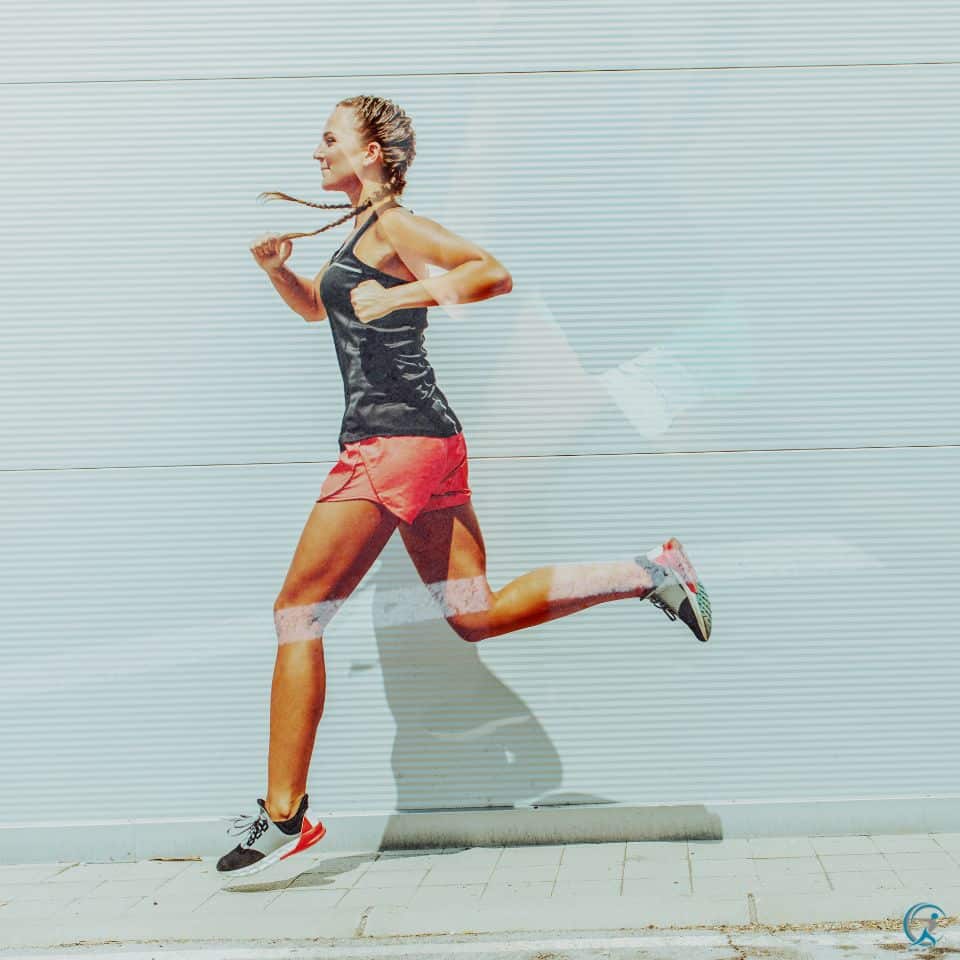
Getting your cadence right brings many gains. Here’s what you can look forward to:
Injury Prevention
Higher cadence means less force on impact. Research on running injuries shows that many common problems like shin splints, knee pain, and IT band issues happen less when runners take shorter, quicker steps.With each stride, your body absorbs force equal to 2-3 times your weight. By landing lighter with higher cadence, you can cut those forces by up to 20%. Your joints will last longer.
Running Efficiency
Ever watch a top runner? They seem to glide along without wasting energy. Much of this comes from an optimal cadence that reduces up-and-down bouncing.When you bounce less, you spend more energy moving forward instead of fighting gravity. This means you can run farther before getting tired.Better cadence also helps you maintain proper running form, which further boosts your efficiency.
Speed Improvement
Want to run faster? Cadence plays a big role. Most runners try to go faster by stretching their legs out to take longer strides. This actually slows you down by creating braking forces when your foot lands.Instead, keeping your feet turning over quickly with a high cadence lets you increase speed more naturally. Your stride length will increase too, but as a result of power, not overreaching.Elite marathon runners maintain incredibly consistent cadences even as they speed up or slow down slightly.
Energy Conservation
With better cadence, you waste less energy. Your muscles work more efficiently, using less oxygen for the same pace. This means you can run longer before hitting the wall.Think of it like a car engine running at its optimal RPM. Too slow and it lugs; too fast and it wastes fuel. Running at your optimal cadence finds that sweet spot.
How to Improve Your Running Cadence
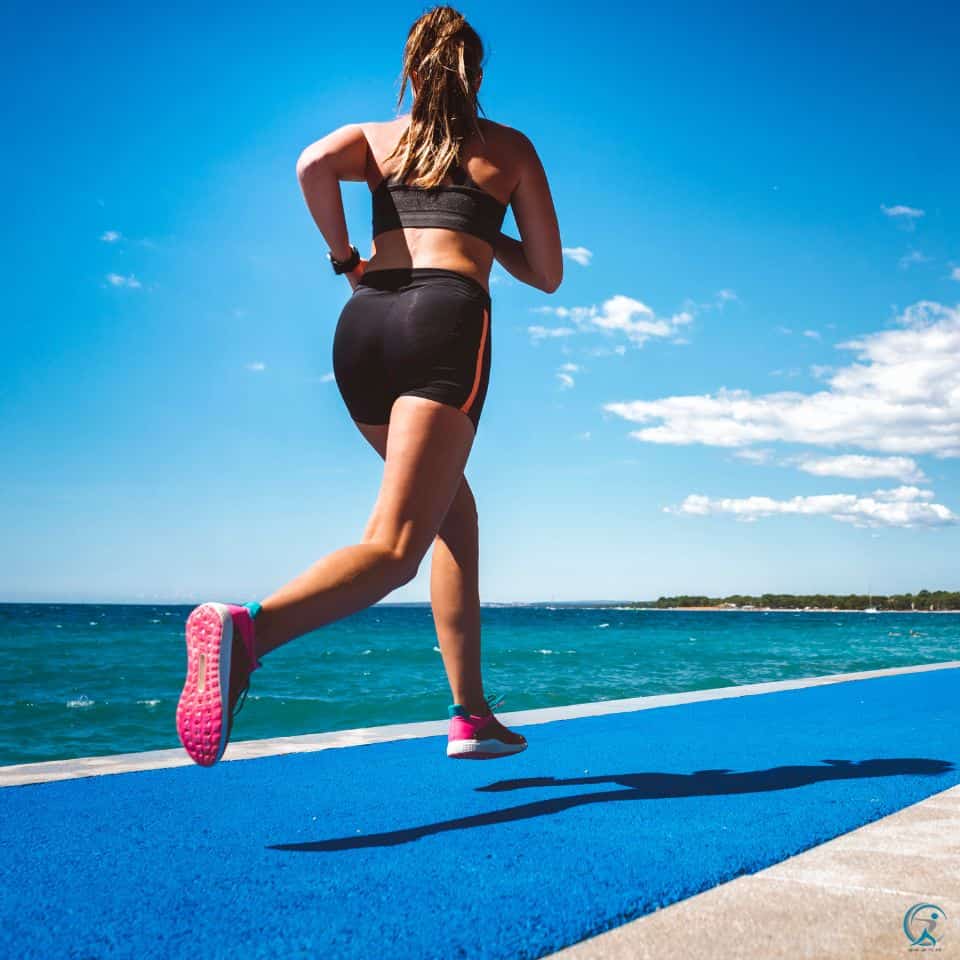
Ready to work on your cadence? Here’s how to do it right:
Gradual Adjustment Approach
The biggest mistake is trying to jump from 160 to 180 steps right away. Your body won’t like that shock. Instead:
- Find your current natural cadence
- Aim to increase by just 5% at first
- Practice this new cadence for 2-3 weeks until it feels normal
- Then add another 5% if needed
This slow approach helps your muscles adapt without getting sore or injured.Remember: a good cadence feels right. If you’re straining to maintain a certain number, you might be pushing too hard too soon.
Helpful Drills and Exercises
These drills help teach your body what good cadence feels like:1. High Knees: Stand in place and run with high knees for 30 seconds, focusing on quick foot turnover.2. Butt Kicks: Run in place, kicking your heels up toward your buttocks, emphasizing quick ground contact.3. Jumping Rope: Great for teaching quick, light feet. Even 5 minutes helps build the right muscle memory.4. Downhill Strides: Find a gentle downhill and let gravity help you feel what faster cadence is like.5. Running Drills: Include form drills in your warm-up to prime your body for the right movement patterns.
Using Music as a Tool
Music with the right beat per minute (BPM) makes cadence training almost automatic. Your feet will naturally want to match the beat.For a cadence of 180, look for songs with 90 BPM (you take two steps per beat) or 180 BPM (one step per beat). Spotify and other services let you search by BPM. Create a playlist at your target cadence.Genres like house music, certain pop songs, and running-specific mixes often hit the sweet spot around 90 BPM.
Metronome Training
A metronome gives you a steady beat to follow. Many runners find this more effective than music because there’s no distraction – just pure rhythm.Free metronome apps let you set any beats per minute. Start with your current cadence, then slowly increase:
- Set the metronome to your target cadence
- Run for just 30 seconds trying to match it
- Return to your natural stride for a minute
- Repeat 5-6 times during a run
These short bursts train your body without exhausting you.
Common Mistakes When Adjusting Cadence
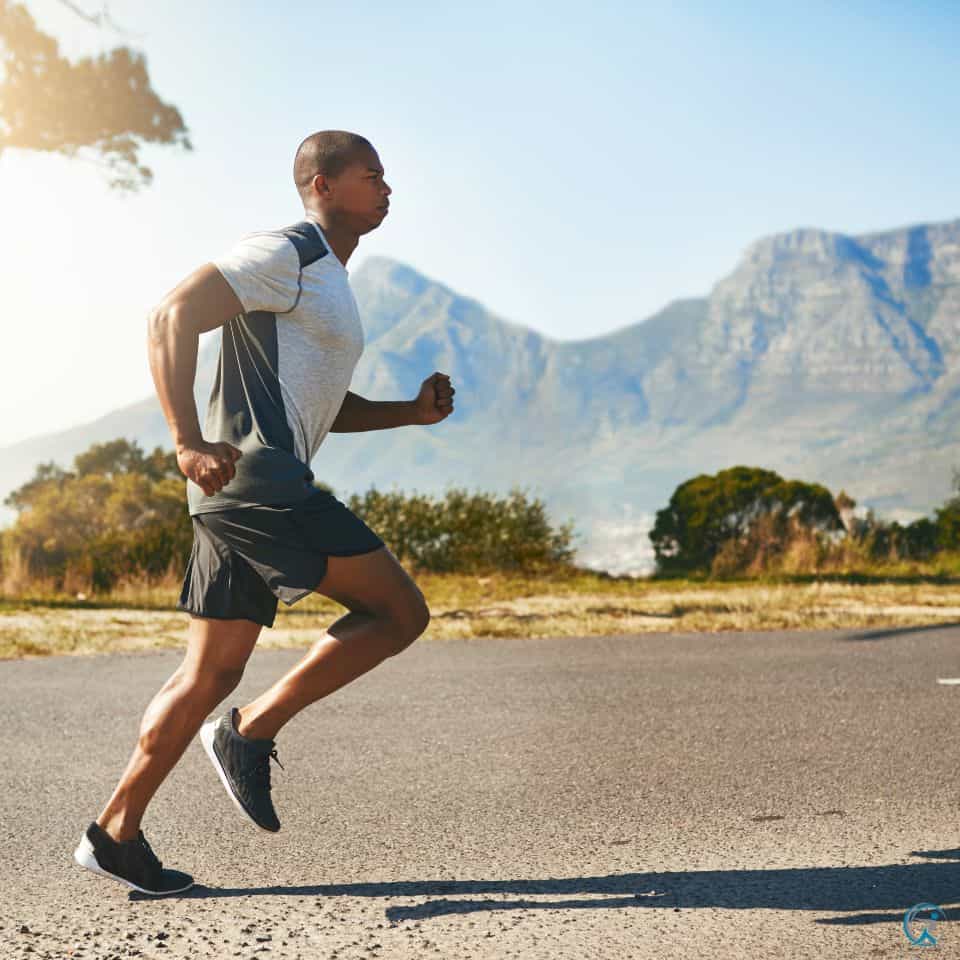
Avoid these pitfalls on your way to better running:
Increasing Too Quickly
Trying to jump from 160 to 180 steps overnight is asking for trouble. Your muscles, tendons, and cardiovascular system need time to adapt. This sudden change often leads to:
- Calf and Achilles soreness
- Unusual fatigue
- Feeling like you’re “running weird”
- Frustration and giving up
Instead, make small jumps of 5-10 steps per minute, allowing 2-3 weeks of adjustment before increasing again.
One-Size-Fits-All Approach
The “everyone needs 180 steps” myth needs to die. Your ideal cadence depends on:
- Your height and leg length
- Running experience
- Natural biomechanics
- The type of running you’re doing
- Your current fitness level
Shorter runners often need higher cadences than taller runners. A 5’2″ runner might thrive at 185-190, while a 6’2″ runner might be perfect at 170-175.Listen to your body rather than forcing a specific number.
Neglecting Other Form Elements
Cadence is just one piece of good running form. Some runners get so focused on step rate that they ignore other crucial elements:
- Arm swing and upper body position
- Hip extension and stride mechanics
- Breathing techniques
- Overall relaxation and efficiency
Cadence works best when viewed as part of a complete running form package, not in isolation.
Cadence Variations for Different Types of Running
Your cadence shouldn’t stay fixed across all running conditions. Here’s how to adapt:
Trail Running vs. Road Running
Trail running typically requires a slightly higher cadence than road running. This helps you navigate uneven terrain with quicker, more adaptive foot placements.On technical trails, aim for 5-10 more steps per minute than your road cadence. This gives you better balance and reduces the chance of ankle rolls.Road running allows for more consistency in your cadence since the surface is predictable.
Sprinting vs. Distance Running
As you increase speed, your cadence naturally rises:
- Easy pace: Your base cadence
- Tempo runs: 5-10 steps higher
- Sprinting: Often 200+ steps per minute
Elite sprinters take incredibly quick steps, sometimes exceeding 220 per minute for short bursts.For distance running, consistency matters more than raw speed. Finding your efficient cruise control setting saves energy over many miles.
Uphill and Downhill Adjustments
Hills require cadence adjustments:Uphill: Shorten your stride and increase your cadence slightly. This helps maintain momentum and reduces strain.Downhill: Many runners make the mistake of letting their cadence drop and taking huge strides downhill. Instead, keep a high cadence with controlled, shorter steps to protect your knees and maintain control.
Advanced Cadence Strategies
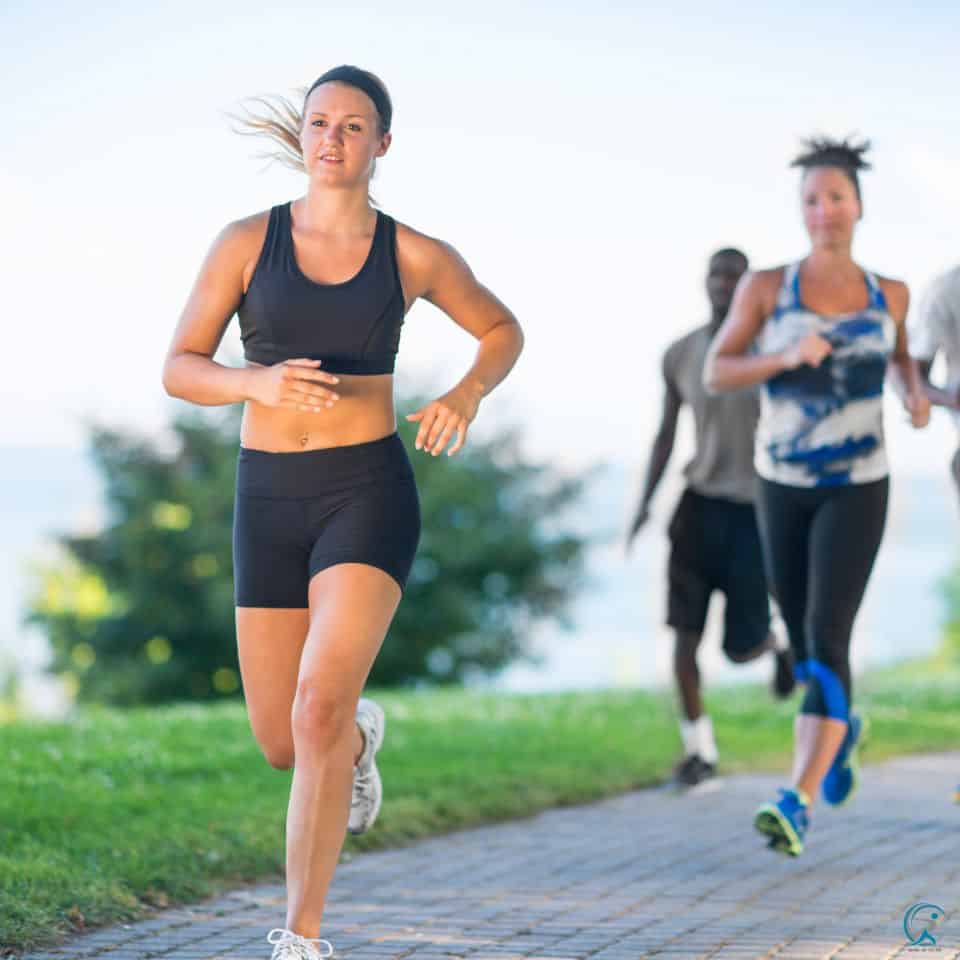
Once you’ve mastered the basics, try these advanced techniques:
Racing Strategies
During races, cadence becomes even more important:
- Start with a slightly lower cadence to avoid going out too fast
- Gradually increase to your optimal cadence as you warm up
- During tough sections, focus on maintaining cadence even if pace slows
- When fatigue hits late in races, counting cadence can be a mental focus tool
Many elite runners maintain remarkably consistent cadences throughout marathons, even as they navigate hills and fatigue.
Training Progression
As your running improves, your cadence work should progress too:
- Beginner phase: Focus on basic cadence awareness and gradual increases
- Intermediate phase: Introduce cadence variations in workouts, like cadence drills and stride outs
- Advanced phase: Work on maintaining optimal cadence even when fatigued
- Elite phase: Fine-tune cadence for specific courses and race conditions
Each phase builds on the previous one, creating automatic running efficiency.
Adapting to Fatigue
When you get tired, cadence often drops first. This is when injuries happen as form breaks down. Combat this with:
- Late-run cadence check-ins (count steps for 15 seconds, then multiply by 4)
- Mental cues like “quick feet” when you feel form slipping
- Cadence-focused runs where maintaining stride rate takes priority over pace
- Strength training specifically for running economy when tired
Training your body for fatigue resistance is crucial for maintaining good cadence through entire races.
Putting It All Together
Let’s see how all this works in real life:
A Sample Cadence Training Plan
Here’s a 4-week plan to improve your cadence:Week 1: Assessment
- Day 1: Measure current cadence during an easy 30-minute run
- Day 2: Run with metronome at current cadence to get used to the feeling
- Day 3: Try increasing cadence by 5 steps/minute for 30-second bursts
- Day 4: Easy run focusing on light, quick steps without counting
Week 2: Introduction
- Day 1: Run with metronome or music at +5 steps/minute, doing 1-minute intervals
- Day 2: Form drills focusing on quick feet, followed by easy run
- Day 3: Hill repeats with emphasis on shorter, quicker steps uphill
- Day 4: Long run with cadence check-ins every mile
Week 3: Integration
- Day 1: Tempo run trying to maintain new cadence while increasing pace
- Day 2: Easy run with natural cadence, noticing if it’s increased
- Day 3: Interval workout with cadence focus during recovery sections
- Day 4: Long run aiming to keep consistent cadence even when tired
Week 4: Refinement
- Day 1: Metronome run at +8-10 steps/minute from baseline for short bursts
- Day 2: Easy run with strides focusing on efficient turnover
- Day 3: Tempo run with cadence monitoring
- Day 4: Long run with first and last miles at higher cadence
This gradual approach helps you integrate higher cadence into your natural running style.
Tracking Progress
How do you know if your cadence work is paying off? Look for these signs:
- Running feels more fluid and less jarring
- You can run farther before fatigue sets in
- Previous injury hot spots start to feel better
- Your easy pace gets slightly faster at the same effort
- Recovery between runs improves
- You feel lighter on your feet
Tracking your progress with a running watch or app helps you see long-term trends. Celebrate small wins as your cadence naturally improves!
References
[1] https://www.runnersworld.com/uk/training/beginners/a772845/a-beginners-guide-to-cadence/
[2] https://marathonhandbook.com/how-to-increase-cadence-while-running/
[3] https://www.runnersworld.com/training/a25782303/why-cadence-matters-for-runners/
[4] https://www.nike.com/gb/a/what-is-cadence-running
[5] https://top4running.com/pg/what-is-running-cadence-how-to-measure-it-and-increase-it
[6] https://therunningclinic.com/runners/blog/archives-anglaises/cadence/
[7] https://bannister.coach/improve-running-cadence-avoid-injuries/
[8] https://www.reddit.com/r/running/comments/wkkls7/how_do_i_increase_my_cadence/
[9] https://www.trainingpeaks.com/blog/finding-your-perfect-run-cadence/
[10] https://www.youtube.com/watch?v=KgaKqiGF_F8
[11] https://www.youtube.com/watch?v=eacl52qzr4E
[12] https://matthewboydphysio.com/use-running-cadence-avoid-injuries/
[13] https://www.verywellfit.com/what-is-running-cadence-and-how-do-you-improve-it-5225556
[14] https://www.youtube.com/watch?v=LcHEM0LUako
[15] https://www.reddit.com/r/running/comments/szztzm/finding_the_right_cadence_how_to_get_there/
As a veteran fitness technology innovator and the founder of GearUpToFit.com, Alex Papaioannou stands at the intersection of health science and artificial intelligence. With over a decade of specialized experience in digital wellness solutions, he’s transforming how people approach their fitness journey through data-driven methodologies.
